Meet Kenneth D. Nichols, the father of Oak Ridge, a leader in the making, Part 1 (1907-1929)
Barbara Scollin is the niece of Major Gen. Kenneth D. Nichols. She visited Oak Ridge some time back and saw where then Col. Nichols lived. She spent time in the Oak Ridge Room of the Oak Ridge Public Library. She also recognized the need to assure historical materials were properly collected and initiated an effort with the Friends of the Oak Ridge Public Library to reinforce the importance of the historic preservation of items that might otherwise be lost to history. Barbara has remained in contact with me and agreed to write a series of articles on her uncle. This is the first in that series.
***
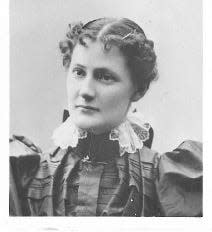
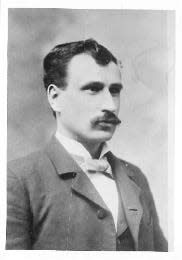
Ample reasons, most notably leadership skills, personality traits and qualifications, led to choosing general (then colonel) Kenneth D. Nichols as deputy district engineer and subsequently as district engineer of the Manhattan Engineer District (MED). In this capacity, he had supervision of the research and development connected with, and the design, construction and operation of all plants required to produce plutonium-239 and uranium-235, including the construction of the towns of Oak Ridge, Tennessee, and Richland, Washington.
The responsibility of his position was massive as he oversaw a workforce of both military and civilian personnel of approximately 125,000; his Oak Ridge office became the center of the wartime atomic energy’s activities. He also was responsible for internal security operations in the production facilities that helped keep the development of the atomic bomb secret.
In this first installment of several articles covering Nichols' life and accomplishments, we explore his family background and West Point experience.
“Living on the cutting edge of a scientific revolution during the days of the Manhattan Project stands in stark contrast to the circumstances of my birth in the small country town of West Park, Ohio, later a well-to-do suburb of Cleveland” - so begins General Nichols’ childhood memories dictated to his niece, Helen Nichols Rogers when working on a genealogical project. Growing up in West Park, Kenneth Nichols was the youngest of four children (Mildred, Loren, John and Kenneth) born to Wilbur Loren and Minnie May Nichols. Wilbur Nichols was a construction contractor building houses, private homes and a chemical plant. He was known for his high integrity.
Ken remembers: “It was a special treat to ride with Dad in our horse-drawn wagon to inspect the progress of the houses under construction. I was intrigued by the carpenters, the skill of the bricklayers and the instructions my father gave them. … I was the only one of three sons to show the influence of my father’s profession and become an engineer.”
Wilbur also served on the city council and was elected mayor of West Park for 10 years. During the Great Depression, he served as safety director for Cuyahoga County. At home, Wilbur was a strict disciplinarian, but his children and grandchildren knew he loved them very much. He built the West Park Congregational Church (now the West Park United Church of Christ), across the street from the family home, where the family regularly worshiped.
My mother recalls as a little girl crawling up into his big bed and sitting next to him as he read his Bible before going to sleep. He told her “Always talk to God before you go to sleep.” Ken respected his father’s many abilities and witnessed firsthand how to treat people honestly and fairly.
Minnie May (Colbrunn) Nichols “always had a smile and a twinkle in her eyes.”
"(Her kitchen) always smelled so good. Her door was always open, and people dropped in for tea and to talk. She always had time," remembered her granddaughter Helen Nichols Rogers. May had a special way with children and encouraged them to be good students and members of the community. A rainy day presented an opportunity to introduce a young reader to a good book from her library of books collected via the Abbey Book club series. Ken shared, “I have always enjoyed reading. I’m never without books and magazines. … I read every Tom Swift book that was ever published.”
Family and friends were one of the most important elements in the Nichols home. Ken remembers he had 14 uncles, 14 aunts and more than 50 first cousins, most living within a 10-mile radius of the family home. May hosted large family reunions. She was the "glue" that kept the family together and the home running smoothly.
Ken remembered that when the federal income tax was initiated, a government agent spent several evenings at their home checking Wilbur’s accounts at the dining room table. May allowed Ken to sit in the dining room to possibly "learn something worthwhile." (Little did May know that Ken would one day handle administration of the Manhattan Project!)
May adjusted to the income available (the construction business depended on the well-being of the economy) and occasionally had one or two boarders as the need arose. Kenneth’s school teacher was one of the boarders when he attended a four-room school with four grades in each room. When May discovered Ken had already learned the second as well as the first grade, she wanted him to jump to the third grade, but his father said, “No.” (But later Ken did skip the eighth grade.)
May loved to play cards and if an extra person was needed, Ken remembers, "I would be enlisted to play as her partner. We played Five Hundred and I learned her system so well that it was hard to beat us.” (No doubt Ken’s photographic memory helped in more ways than one.) Ken respected his mother’s many abilities and witnessed her compassionate, kind, and decent treatment of people.
May recognized Ken’s potential at an early age and he honored her with his achievements. She saw the 1924 silent film “Classmates,” probably the first feature film about the U.S. Military Academy at West Point, New York. At May’s prompting, Ken tested and was awarded entrance to study at West Point.
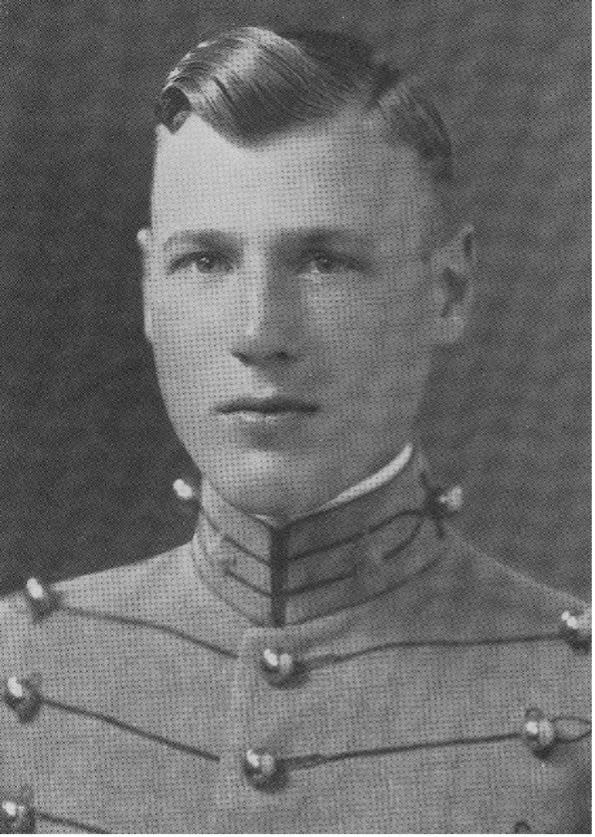
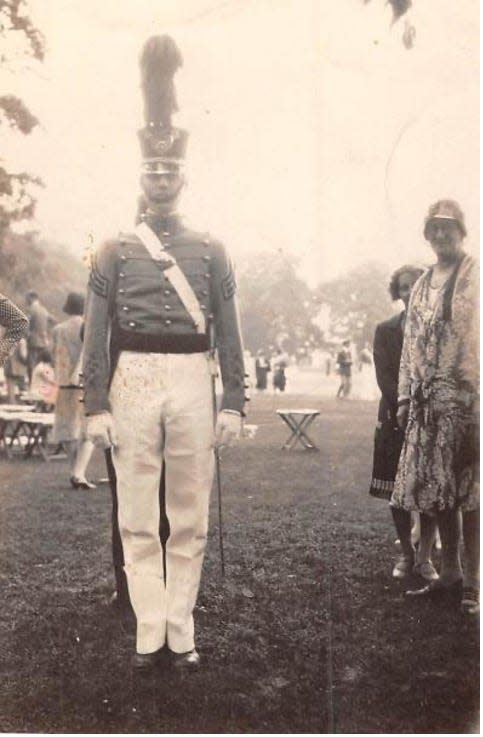
A well-rounded student, Ken excelled at sports (serving as an unofficial assistant track coach) as well as his studies. As the youngest cadet to enter West Point, he distinguished himself graduating first in the Class of Engineering and fifth in the overall Class of 1929.
Ken remembers, “Cadets then chose their branch in the Army in order of their academic rank. The highest-ranking cadets generally chose the Corps of Engineers. To make certain I would be able to request that branch, I kept my grades high. One of the most important things I learned was that in a system where grades are generally given every day in every subject, daily preparation paid off. That served me well as a student and paid off the rest of my life as an engineer officer.”
Ken’s West Point roommate Howard Moore accurately described Ken in their senior yearbook: “In the first place, first because it has never failed to be our chief source of amazement and wonder, there is his unfailing good humor. No doubt he has a temper, but it is remarkably well controlled. Reveille doesn’t faze him; early morning melancholia doesn’t affect him. Closely coupled with good humor is the spirit of fair play, matching it point for point. He sweeps his half of the room; he shoulders his half of the load. Ken is wide-awake and alert and one of the best files we know. It’s a pretty good combination – good humor, fair play and brains. Ken will use them all.”
Ken remained loyal to family and to West Point. He made lifelong friends with his instructors and classmates. Family, early education and friends - all were key to Ken’s leadership abilities.
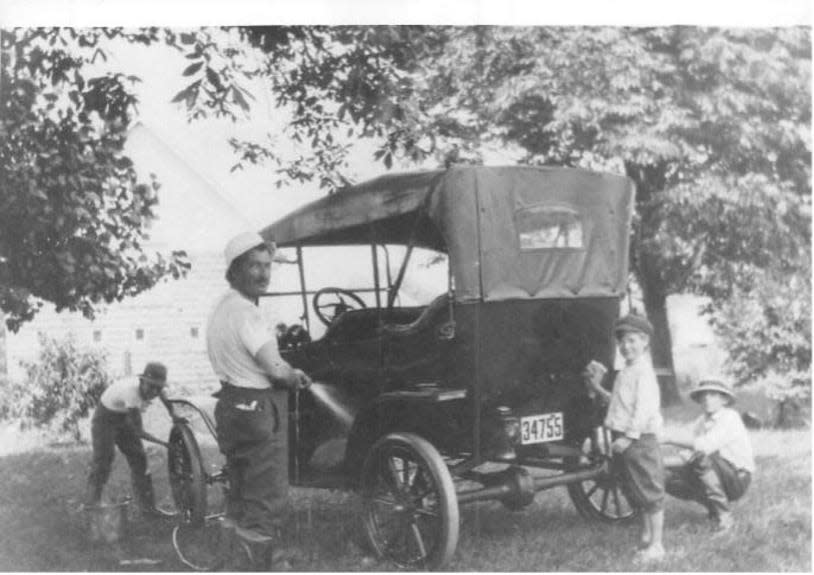
Grateful acknowledgements to K. David Nichols Jr.; Dr. Ray Smith; Sandy Fye; Dr. Bianka J. Adams, Alisa Whitley, Douglas J. Wilson and the U.S. Army Corps of Engineers Office of History; Kathryn Huntington and the West Point Association of Graduates; Diane Gulley; Gerald A. Potts; and Bruce W. Scollin for their assistance with this article.
***
Thank you, Barbara Rogers Scollin, grandniece of Gen. Kenneth D. Nichols. She participated with K. David Nichols Jr., Gen. Nichols’ son, on a "Hidden History: Stories from the Secret City" video cast. You can watch that program here: https://youtu.be/EBH7dhtasUc.
Another article by Barbara on Gen. Nichols, "Sunday Punch, K-25 Workers Go Above Their Line of Duty," was published in The Oak Ridger’s "Historically Speaking column" during the week of Aug. 28, 2023 and can be accessed here. https://www.oakridger.com/story/lifestyle/2023/08/31/sunday-punch-k-25-workers-go-above-the-line-of-duty/70671004007/.
Next up: A Leader in the Making Part 2 (1929-1931)
D. Ray Smith is the city of Oak Ridge historian. His "Historically Speaking columns" are published weekly in The Oak Ridger.
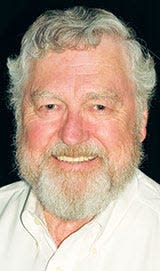
This article originally appeared on Oakridger: Meet Kenneth D. Nichols, the father of Oak Ridge, a leader in the making
